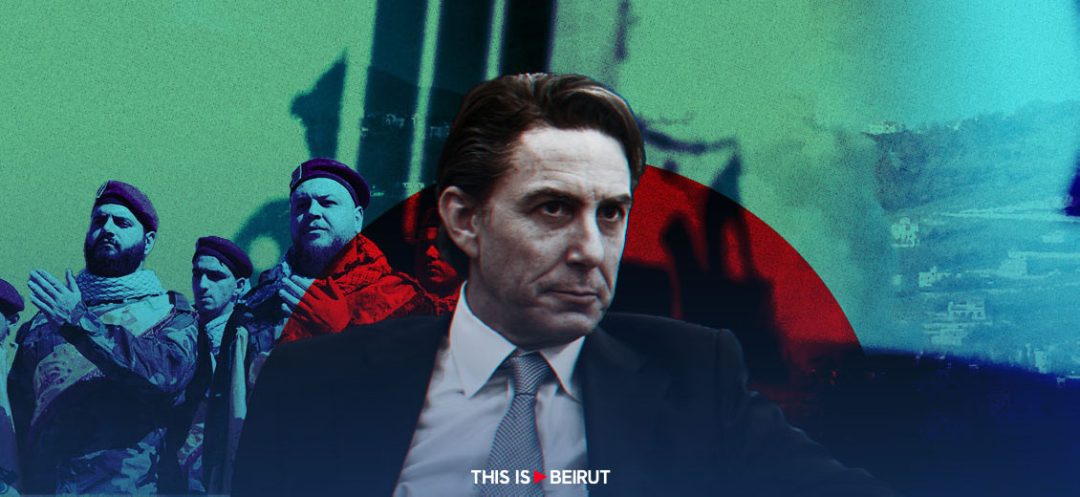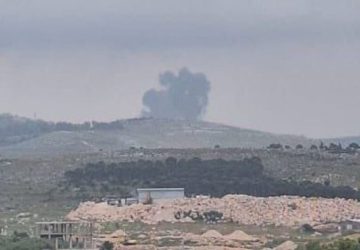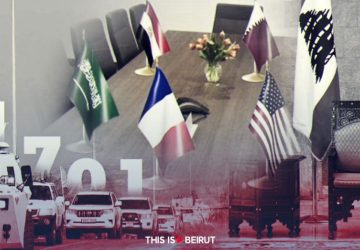Listen to the article
The brief visit to Beirut earlier this week by US envoy Amos Hochstein did not yield the anticipated announcement of tangible decisions aimed at Hezbollah’s withdrawal towards the Litani River, as mandated by UN Security Council Resolution 1701. Efforts to negotiate the withdrawal of the pro-Iranian militia have been ongoing for several weeks, with diplomatic discussions focused on identifying practical measures to ensure a ceasefire along the Israeli border.
In this context, it would be misleading to view the current situation in southern Lebanon solely from a “technical” viewpoint, which simplifies it to a mere redeployment of forces on the ground. It is essential to understand that the challenge along the Israeli border is fundamentally geopolitical, not merely military or security-related. To grasp it fully, one must deeply understand the intricate role played by Hezbollah within the Iranian framework and the historical origins of its strategic significance in Tehran’s agenda. Thus, a retrospective analysis of the genesis of the Islamic Republic becomes necessary in this regard.
When Ayatollah Khomeini triumphantly seized power in February 1979, riding the wave of a widespread popular uprising, he found himself compelled to bypass the existing Iranian army, which was loyal to the Shah and backed by Western training, supervision and equipment. Hence, he established a new paramilitary entity, the Islamic Revolutionary Guard Corps (the Revolutionary Guards) to circumvent it. Interestingly, this new structure was conceptualized and founded (in theory) in Paris by Khomeini’s inner circle while he was still in exile in France, at Neauphle-le-Château, underscoring its strategic importance to the group gearing up to topple the regime of the Shah.
Soon enough, the Revolutionary Guards emerged as Iran’s de facto military force, equipped with all the military hardware and structure typical of regular armed forces. In parallel, similarly to the Egyptian military, the Guards gradually established their own economic networks, including the commandeering of a port to facilitate illicit trade through established international channels. Additionally, they ventured into establishing their own aviation company.
Intriguingly, this pioneering paramilitary and economic framework allowed the Revolutionary Guards to embark on their ideological and geostrategic mission: spreading the Islamic Revolution across the Middle East. Their initial milestone in this endeavor came with the founding of Hezbollah in Lebanon during the mid-1980s, following the Israeli invasion of June 1982. Hezbollah gradually established a structure mirroring that of the Revolutionary Guards: a paramilitary entity aimed at effectively supplanting the regular army, and independent economic and financial networks operating outside conventional national channels, with extensions in Latin America and Africa to secure financial resources. Today, this pro-Iranian entity stands as the principal military arm of the Revolutionary Guards in the Middle East, steadfastly advancing Iran’s expansionist aspirations.
For a thorough assessment of the situation in southern Lebanon and the prospects for militia demilitarization south of the Litani River, as mandated by Resolution 1701, it is imperative to grasp the broader regional strategy of the Revolutionary Guards and understand Hezbollah’s role within this framework.
Over the years, the military-economic apparatus of the mullahs’ regime has consistently pursued a strategy in four countries across the region: Yemen, Iraq, Syria and Lebanon. This strategy involves establishing powerful militia entities in these countries, equipped with significant economic resources, effectively operating as mini-states, that often wield more power than the central government. This pattern is evident with the Houthis in Yemen, the “Popular Mobilization” (pro-Iranian militia) in Iraq, the Shiite militia network led by Hezbollah in Syria, and the well-known scenario in Lebanon. The Revolutionary Guards have even managed to legitimize their proxies in Iraq, granting them access to Iraqi financial resources. Undoubtedly, the Revolutionary Guards aim to replicate this scheme in Lebanon.
The presence of this transnational para-state apparatus, operating in competition with central authorities, is crucial for the strategy aimed at exporting the Revolution. As such, any political or diplomatic solution in the South that might weaken Hezbollah will inevitably encounter opposition from the Revolutionary Guards, given that it would undermine the comprehensive regional framework they have established. Therefore, it is essential to evaluate the potential for breaking the deadlock in implementing Resolution 1701 from this particular standpoint.
In essence, the key to any political solution, as advocated by Hochstein during his recent visit last Monday, does not lie in southern Lebanon, but in Tehran. Within this context, the real prospects for military de-escalation and stabilization hinge on two pivotal questions: Do the Revolutionary Guards have the political will to tone down their strategy in the Middle East and, consequently, in Lebanon, to facilitate the implementation of Resolution 1701? Concurrently, do the United States have the political will to curb, if not completely halt, the destabilizing expansionism of the Revolutionary Guards, thus swiftly paving the way for the fulfillment of all clauses of the UN resolution? Ultimately, the genuine success of the American envoy’s mission rests on the answers to these two questions, ensuring a foundation that is both solid and sustainable.





